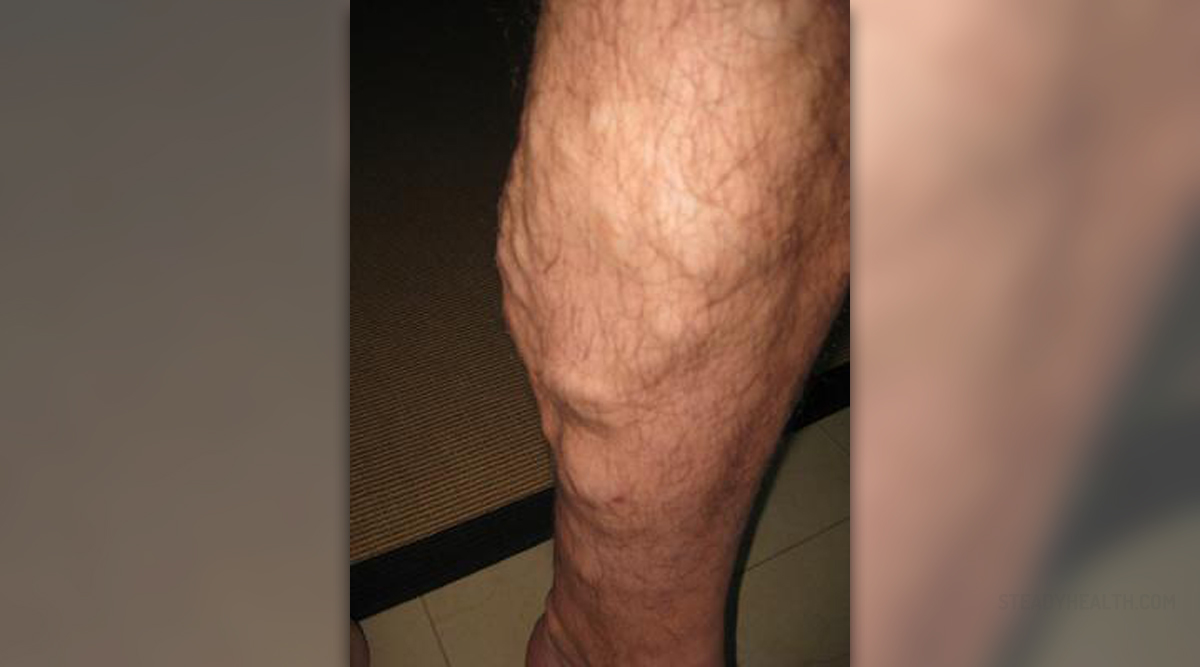
Facts about Varicose Veins
Arteries and veins are blood vessels which carry the bloodfrom and towards the heart. Veins’ function is to return the blood saturated withcarbon dioxide (deoxygenated blood) from different parts of the body to ourheart. When a person is suffering from varicose veins it usually means that hisor her veins have changed in structure and appear to be swollen, enlarged andtwisted. On the skin, veins look like enlarged lines and in some cases theymight be protruding through the skin and change color to blue or purplish. Touching affected veins may cause aches, simply because the area is very tenderand swollen. Standing for a long period of time might be really unpleasant orpainful for patients suffering from varicose veins in the legs. Some patientsmay experience: tingling, throbbing pains, fatigue or muscle cramps, caused byvaricose veins. Besides causing the pain, many people find varicose veins to bean aesthetic problem as well.
In certain cases varicose veins may actually lead to bloodclotting in superficial veins. Women affected by varicose veins usually noticeworsening of their symptoms during the menstruation. Pregnancy is also wellknown to be associated with varicose veins.
Varicose veins may appear almost anywhere on the body butmost patients seem to suffer from varicose veins in the legs. There is asimilar medical condition, known as spider veins, causing appearance of thesmall veins very close to the skin surface.
What Can Cause Varicose Veins?
Doctors agree that the breakdown of the valve system in yourveins is to be blamed for varicose veins. These valves are helping the blood toflow upwards, from the legs to the heart, against the gravity. When the valvesbreak down, the blood accumulates in the veins and causes extra pressure on theveins, causing the swelling, enlargement and twisting of the veins.
Varicose veins may be inherited, so if you had some close familymember suffering from this problem, there are increased chances you will beexperiencing this as well. Hormonal imbalances and aging are also to be blamedfor varicose veins, but also overweight and pregnancy.
Varicose Veins Treatment
Prevention is the best treatment of all, as you may havealready heard. So, if you are worrying about varicose veins, maintain idealhealthy weight and you should decrease the risk of developing this condition. Avoid wearing very tight clothes and alsositting or standing in one position for long hours.
Patients suffering from varicose veins may feel better whenwearing compression stockings. They should change sedentary habits and walk, exerciseand stretch more. Sclerotherapy and laser surgeries may affect the appearanceof these veins. Endovenous laser therapy, vein ligation or radio-frequencyablations are surgical methods for removal of varicose veins, but they arenot advised if there is no pain or discomfort.




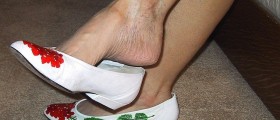
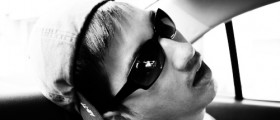
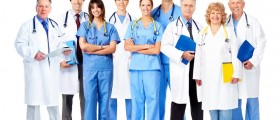
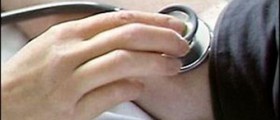
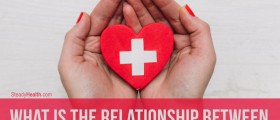

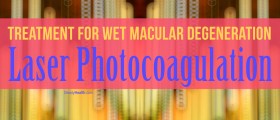


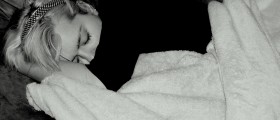
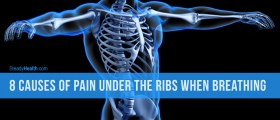
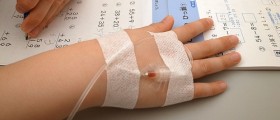
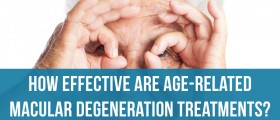
Your thoughts on this
Loading...